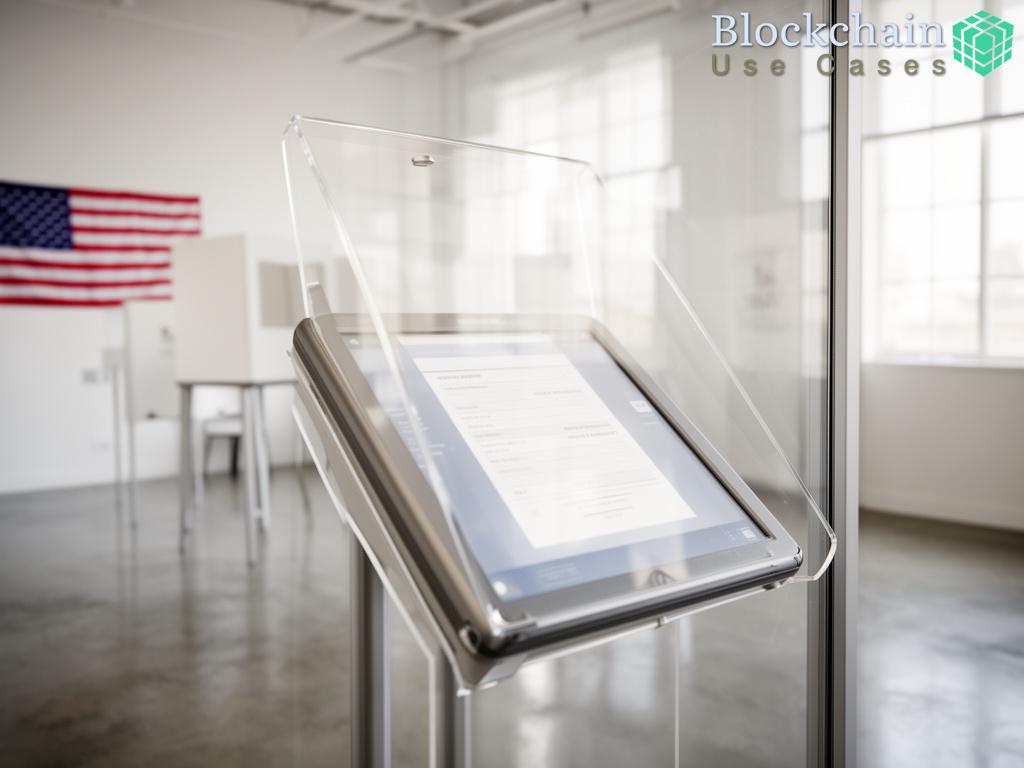Revolutionizing Access to Voter Information
In today’s digital age, misinformation can spread like wildfire, especially during election seasons. Voter education is crucial for a healthy democracy, yet many citizens struggle to access accurate and timely information about the voting process, candidates, and important issues. Blockchain technology offers a solution to these challenges, ensuring that voters can access verified information securely and transparently.
By utilizing a decentralized ledger, blockchain can provide a platform where information is not only reliable but also immutable. This means that once data is entered into the system, it cannot be altered, reducing the risk of misinformation and manipulation. Imagine a scenario where voters can trust that the information they receive about where and how to vote comes from a credible source.
Empowering Voters Through Transparent Systems
Blockchain can significantly enhance the transparency of the electoral process. With a clear and verifiable record of all information related to voting, voters can feel more confident in their choices. This transparency can be particularly beneficial in providing clarity about the voting process, including registration, polling locations, and ballot information.
Moreover, blockchain can facilitate real-time updates to voter education materials, ensuring that citizens receive the latest information without delay. This immediacy is crucial, particularly when changes occur last minute, such as alterations in polling locations or voter ID requirements.
Steps to Implement Blockchain for Voter Education
To effectively leverage blockchain for enhancing voter education and information dissemination, a structured approach is necessary. Below is a comprehensive list of steps that can be taken to implement this technology effectively:
- Step 1: Identify key stakeholders, including government bodies, tech companies, and civic organizations.
- Step 2: Develop a user-friendly blockchain platform that allows easy access to voter information.
- Step 3: Create partnerships with trusted information providers to ensure the accuracy of the data.
- Step 4: Launch educational campaigns to inform the public about the new platform and its benefits.
- Step 5: Monitor and evaluate the effectiveness of the system, making adjustments as needed to improve user experience.
By following these steps, we can create a robust framework that not only informs voters but also empowers them to make educated choices at the ballot box.





